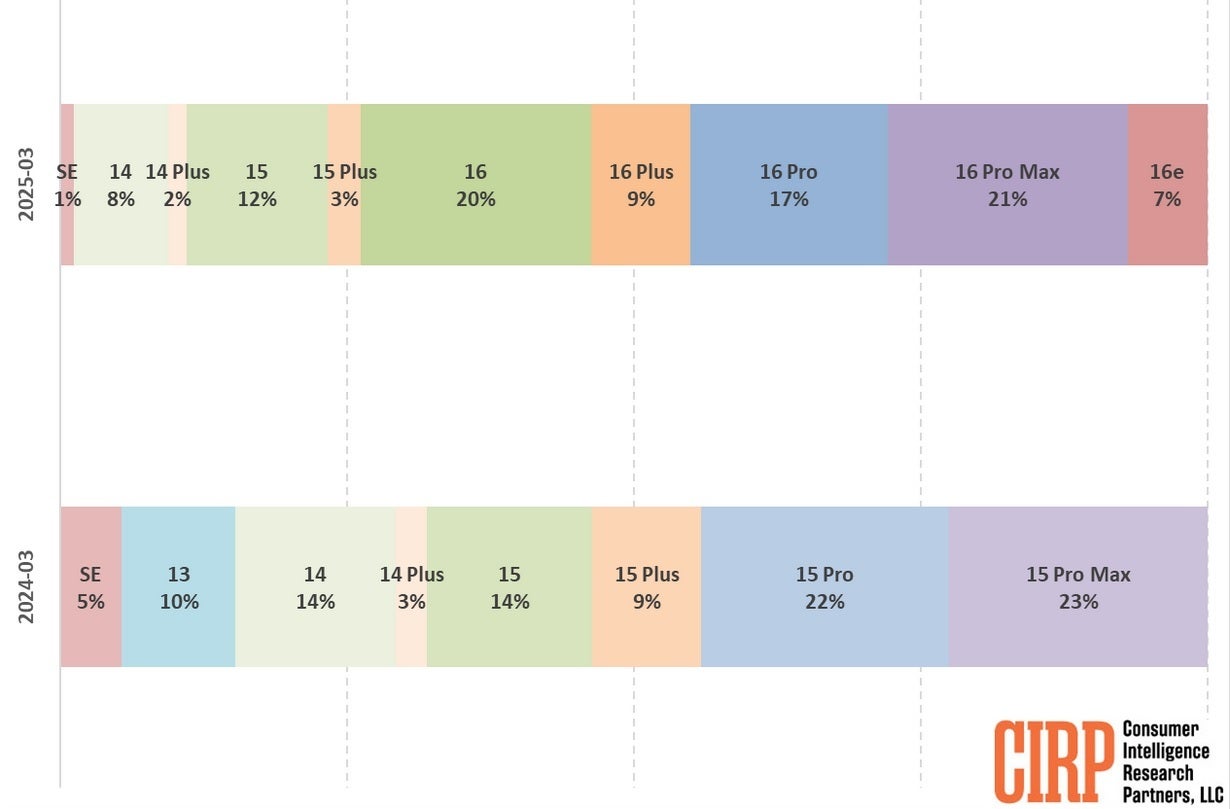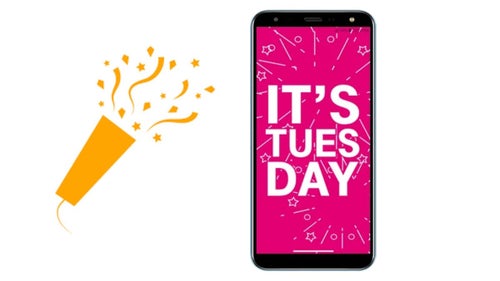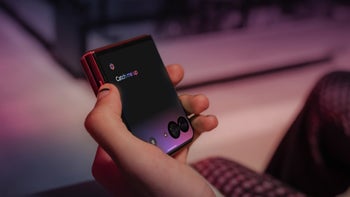Dropping the iPhone SE name for iPhone 16e led to a major shakeup in US iPhone sales during Q1

Apple released the lower-priced iPhone 16e in late February with about 1 month remaining in the opening quarter of 2025. Replacing the iPhone SE line with a new name seems to have been done by Apple for various reasons. First, it brought attention to the new design which gave the lower-priced model a more modern look as the Home button/Touch ID sensor was replaced with Face ID. The new look also includes an edge-to-edge display and an OLED panel instead of the old LCD screen.
It also aligns the new phone with the current iPhone 16 line which some data from Consumer Intelligence Research Partners (CIRP) points out. Before we look at the data, we should point out that in order to support Apple Intelligence as all other iPhone 16 models do, the iPhone 16e features 8GB of RAM. That is the same amount of memory found in the more expensive iPhone 16 Pro and iPhone 16 Pro Max.
The introduction of the iPhone 16e helped improve US sales of lower-priced iPhone models in Q1
On the other hand, unlike the rest of the iPhone 16 family, the iPhone 16e is equipped with Apple's home-grown C1 modem which does not support the fastest high-band mmWave 5G signals. Not that it really matters because one of the characteristics of high-band frequencies is that they travel short distances which means that you'll rarely be connected to a mmWave band.

iPhone 16e sales helped US sales of lower-priced iPhones across the board during the first quarter. | Image credit-CIRP
Having its low-priced model join the iPhone 16 line instead of being placed in a special "SE" category has helped boost U.S. sales of lower-priced iPhone models. Based on its survey, CIRP says that even with its partial availability for Q1, the iPhone 16e made up 7% of iPhone U.S. iPhone unit sales during Q1. That was an increase of 40% over the 5% of unit sales attributed to the iPhone SE during last year's first quarter.
Here's more evidence that Apple made the right call with its naming decision. The iPhone 16 series accounted for 74% of total 2025 Q1 iPhone sales in the U.S. That compares with the 68% share of total U.S. iPhone sales generated by the iPhone 15 line with the difference entirely due to the inclusion of the iPhone 16e this year.
Apple might not be totally pleased though as it appears the introduction of the iPhone 16e turned the focus of iPhone 16 buyers to the cheaper, non-Pro models. Last year during Q1, the iPhone 15 Pro and iPhone 15 Pro Max combined to make up 45% of U.S. iPhone sales in the first three months of last year. The iPhone 16 Pro and iPhone 16 Pro Max accounted for only 38% of U.S. iPhone sales in the previous quarter.
CIRP's survey shows that the iPhone 16e name might have led US consumers to buy lower-priced models in Q1
Running with the same thought, the base iPhone 16 accounted for 20% of Q1 U.S. in Q1 2026 up 43% from the 14% share captured by the base iPhone 15 model during the same quarter last year. The availability of the iPhone 16e also seemed to reduce legacy iPhone sales (defined as those released over a year ago). This year, legacy models made up 26% of U.S. iPhone sales in Q1 compared to the 32% share won by legacy models in Q1 2024.
One question that won't be answered until later this year or early next year is whether Apple will update its lower-priced iPhone and offer an iPhone 17e. That could take place alongside the introduction of the iPhone 17 line this coming September (less than five months away) or next February-March at the one-year anniversary of the iPhone 16e's release.
Based on this data, it seems that Apple did the right thing by halting the iPhone SE moniker and replacing it with the iPhone 16e name, at least in the U.S. With the iPhone 16e title, Apple might have expanded its iPhone line to five phones adding an even lower priced model to the "left" of the annual base model price-wise.










Things that are NOT allowed: